Tips For Growing Lemon Balm
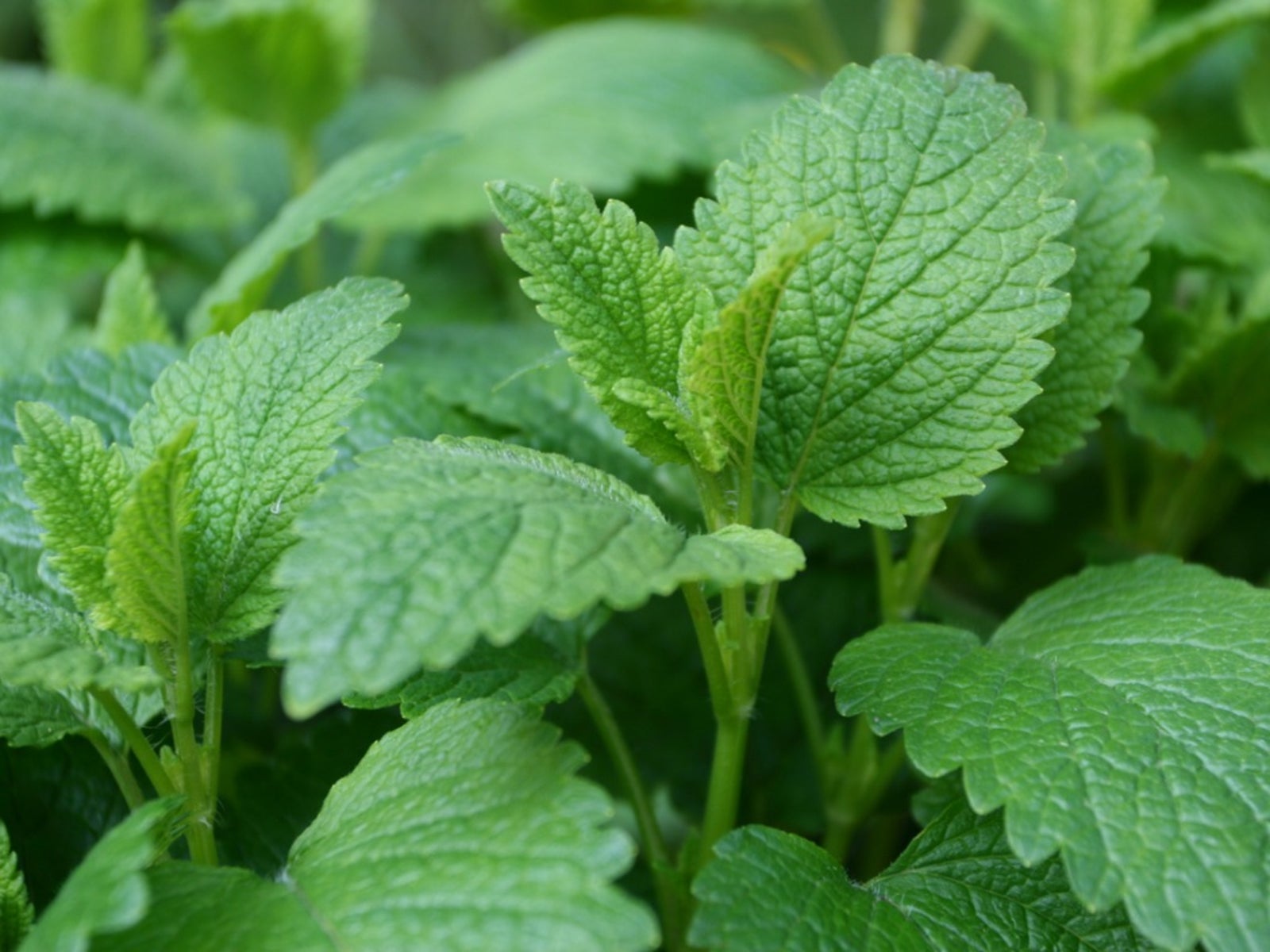

Lemon balm plants tend to be pass-along plants that a gardener ends up with from plant swaps or as gifts from other gardeners. As a gardener yu may be wondering what to do with lemon balm, and what lemon balm is used for exactly.
While not as popular as other herbs, lemon balm is nevertheless a wonderful herb to have in your garden. Keep reading to learn more about how to grow lemon balm.
What is Lemon Balm?
The lemon balm plant (Melissa officinalis) is actually a member of the mint family and is a perennial herb. It grows as a bushy, leafy herb with a pleasant lemon smell and small white flowers.
If not carefully controlled, lemon balm can quickly become invasive in the garden. Often, people mistakenly think that lemon balm is invasive due to its roots, like its cousins peppermint and spearmint, but in fact it's the seeds of the lemon balm plant that cause this herb to suddenly take over a garden. Removing the flowers of the plant as soon as they appear will make your lemon balm far less invasive.
How to Grow Lemon Balm Plants
Growing lemon balm is very easy. The plants aren't picky about where they grow and will grow in almost any soil, but they prefer rich, well drained soil. Lemon balm plants will grow in part shade to full sun, but flourish best in full sun.
It isn't recommended that you fertilize lemon balm, as this can cause the strength of its scent to be reduced.
Lemon balm is easily propagated from seeds, cuttings or plant divisions.
Gardening tips, videos, info and more delivered right to your inbox!
Sign up for the Gardening Know How newsletter today and receive a free copy of our e-book "How to Grow Delicious Tomatoes".
What is Lemon Balm Used For?
Once established, lemon balm can produce large amounts of its sweet, lemon smelling leaves. These leaves can be used for a variety of things. Most commonly, lemon balm leaves are used in teas and potpourris. You can also use lemon balm in cooking, in making essential oils and as an insect repellent.
-[l

Heather Rhoades founded Gardening Know How in 2007. She holds degrees from Cleveland State University and Northern Kentucky University. She is an avid gardener with a passion for community, and is a recipient of the Master Gardeners of Ohio Lifetime Achievement Award.
-
 Looking For Plants To Give You The Soft And Fuzzies? Try These 5 Fuzzy Leaf Plant Options
Looking For Plants To Give You The Soft And Fuzzies? Try These 5 Fuzzy Leaf Plant OptionsLovers of texture, drama, silver foliage and tactile plants will adore these special sensory garden additions. These fuzzy leaf plant options will leave you all aglow
By Susan Albert
-
 Get Ready For A Summer Of Hummers! Grow These Full Sun Hummingbird Plants and Flowers
Get Ready For A Summer Of Hummers! Grow These Full Sun Hummingbird Plants and FlowersIf you’re lucky enough to enjoy a sunny backyard, make sure you are maxing out on your pollinator opportunities and grow these full sun hummingbird plants and flowers
By Tonya Barnett
-
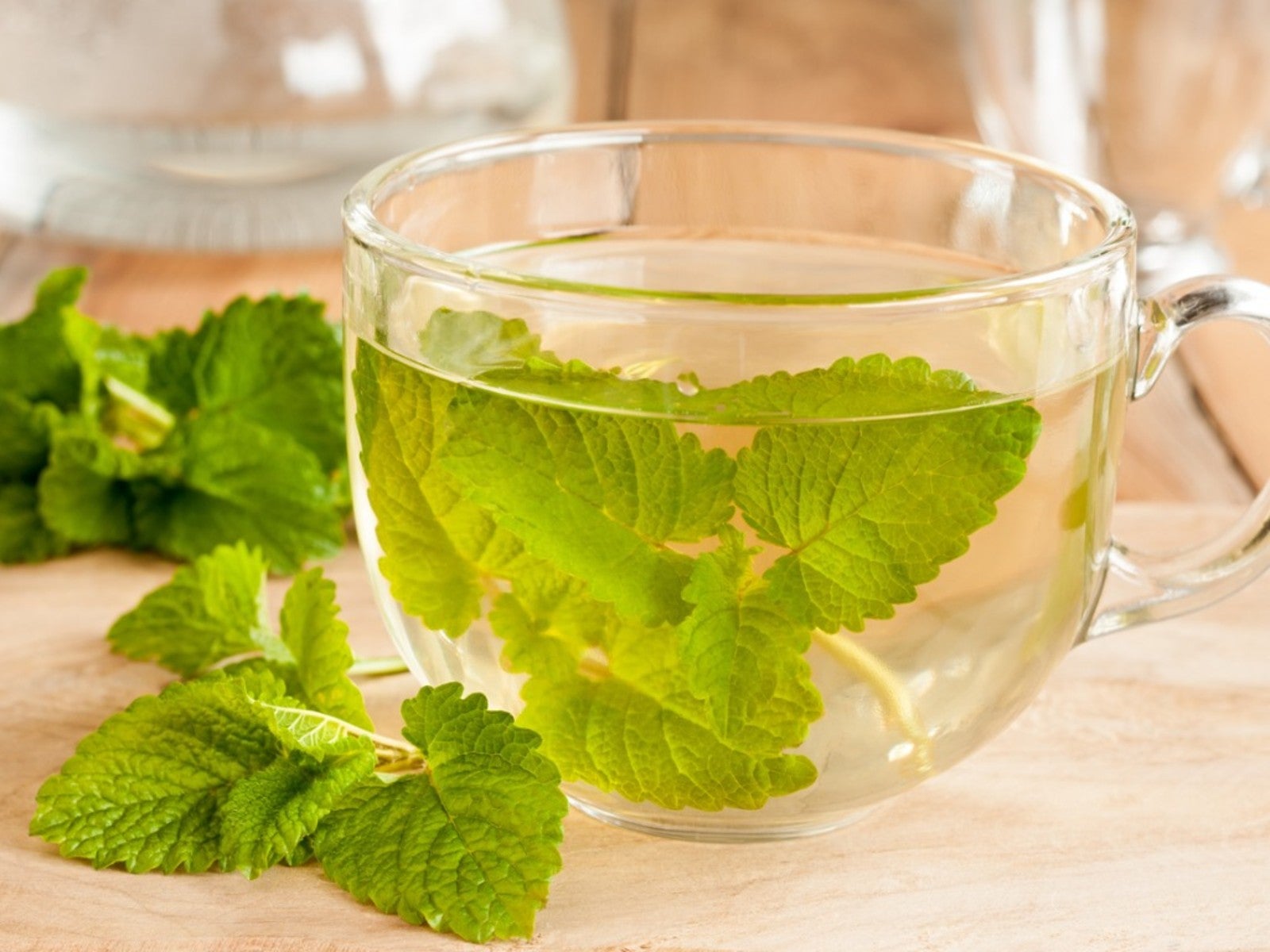 Lemon Balm Uses - What Is Lemon Balm Plant Used For
Lemon Balm Uses - What Is Lemon Balm Plant Used ForWhat are the benefits of lemon balm? Read on to learn about herbal and medicinal uses for lemon balm plants.
By Amy Grant
-
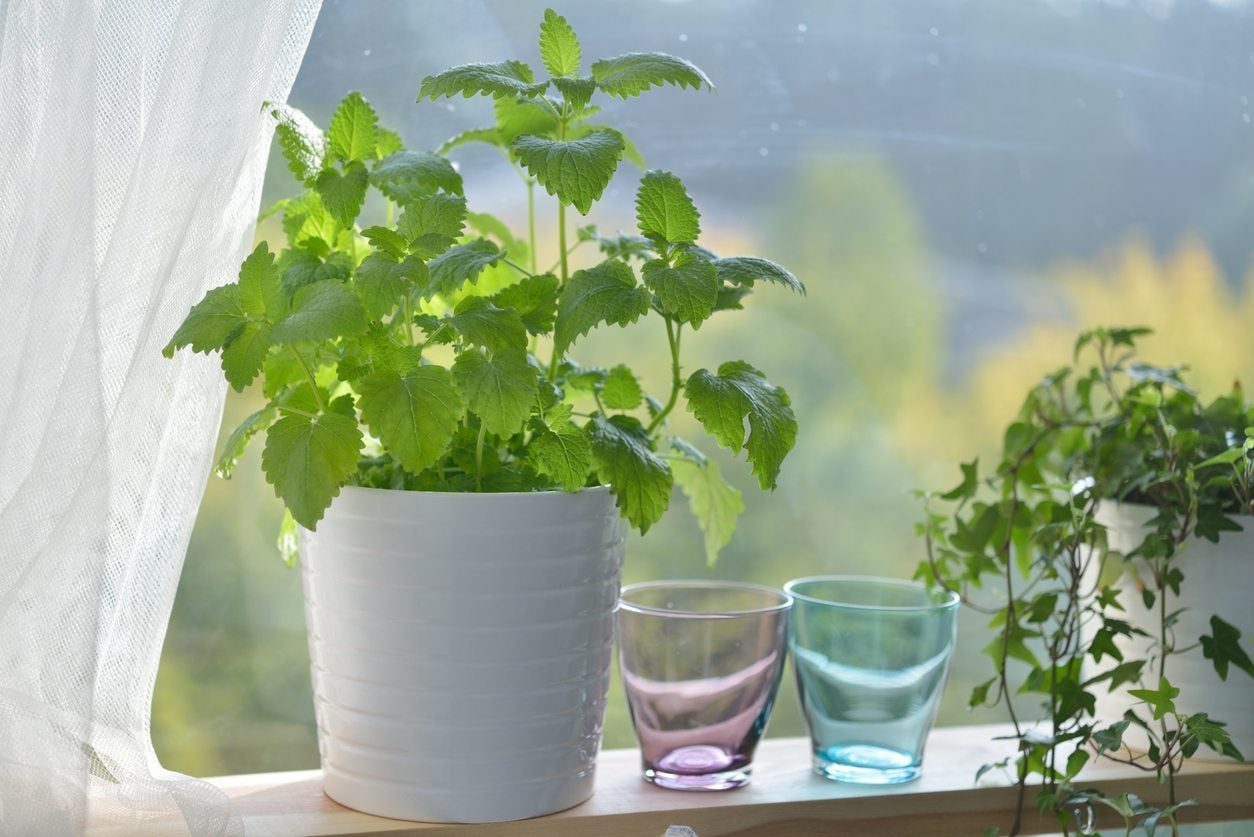 Indoor Lemon Balm Care – Tips For Growing Lemon Balm Indoors
Indoor Lemon Balm Care – Tips For Growing Lemon Balm IndoorsLemon balm as a houseplant offers a beautiful lemony aroma, a tasty addition to foods and drinks, and a pretty potted plant for a sunny window ledge. Knowing what this herb needs will allow you to grow it indoors, year-round. Learn more in this article.
By Mary Ellen Ellis
-
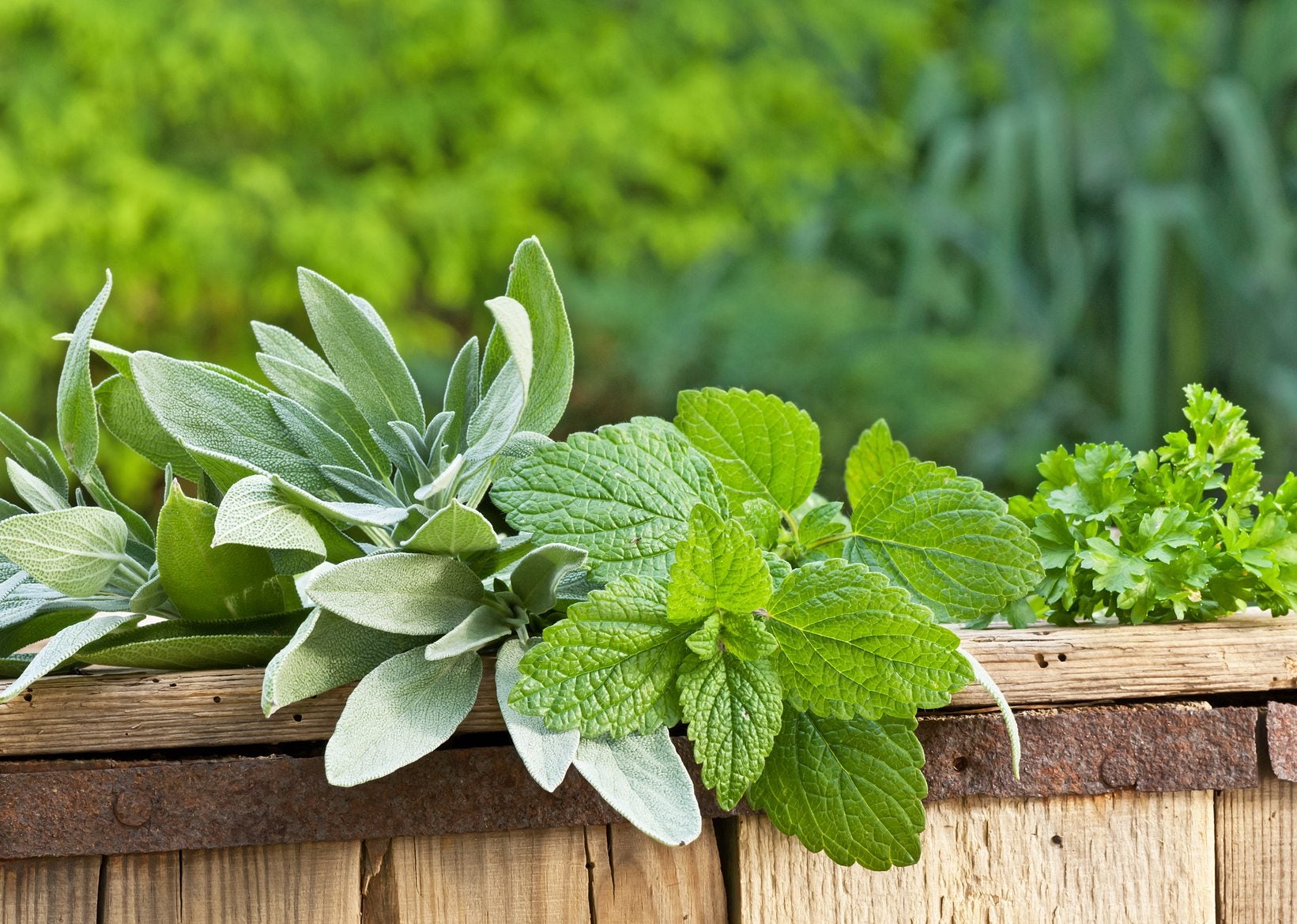 Companions For Lemon Balm – Learn About Lemon Balm Companion Planting
Companions For Lemon Balm – Learn About Lemon Balm Companion PlantingA member of the mint family, lemon balm is easy to grow, even for newbie gardeners. If you're wondering what to plant with lemon balm, then look to this article for a few suggestions to get you started. Click here for more info.
By Mary H. Dyer
-
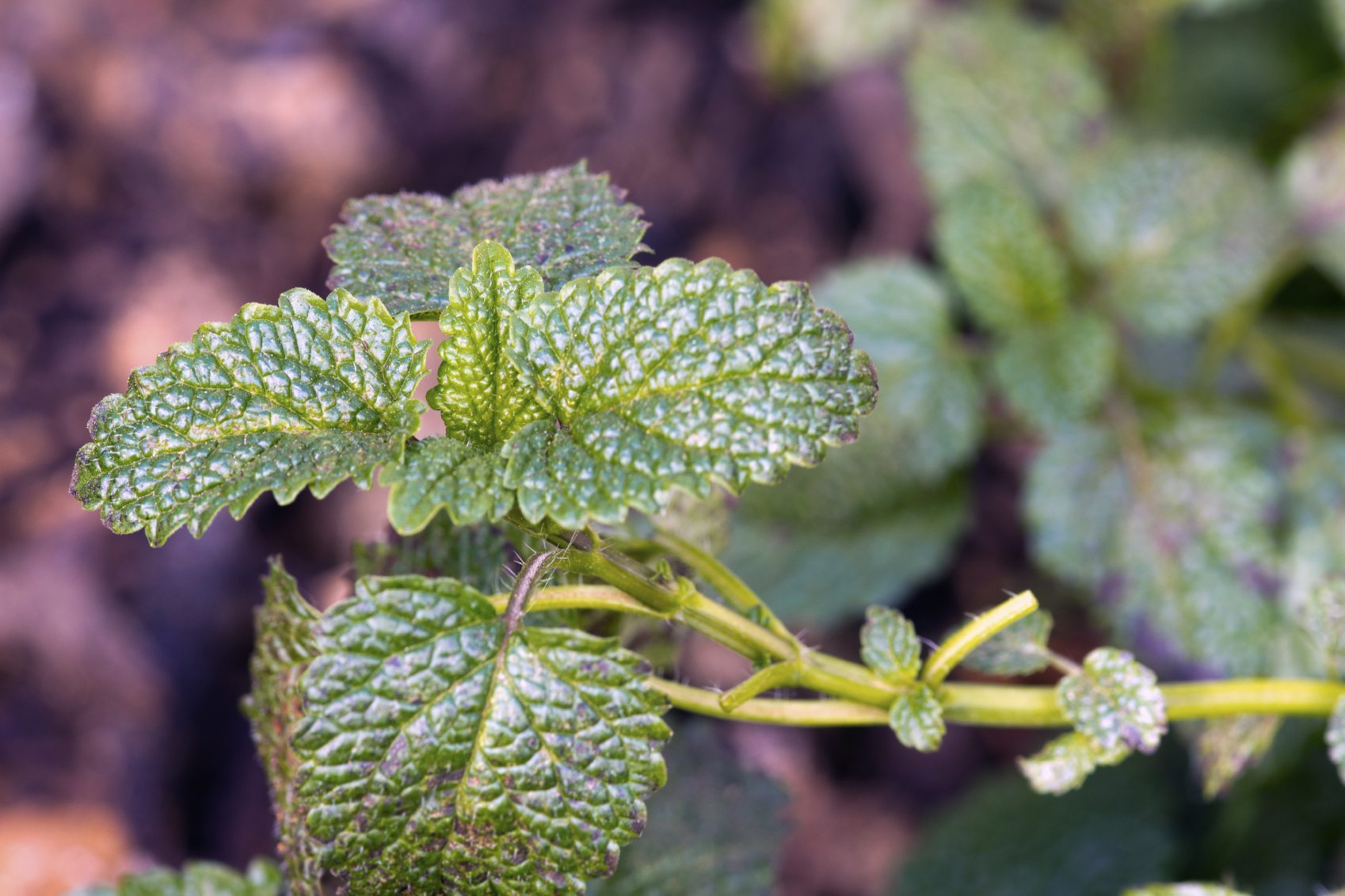 Lemon Balm Control: Tips For Getting Rid Of Lemon Balm Weeds
Lemon Balm Control: Tips For Getting Rid Of Lemon Balm WeedsIt's hard to imagine that such a lovely plant could cause so many problems, but this member of the mint family is super-prolific and can wear out its welcome in a hurry. Read this article for tips on controlling lemon balm.
By Mary H. Dyer